Switches and sockets

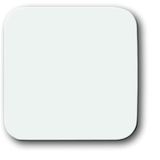

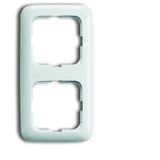
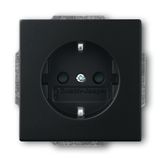

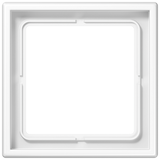
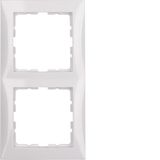
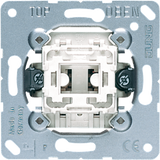
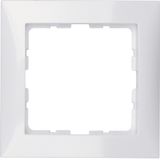
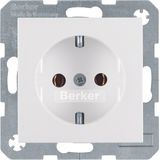
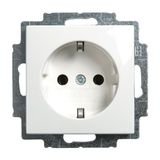
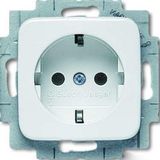
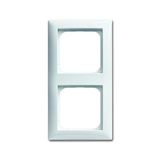
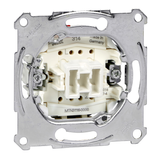
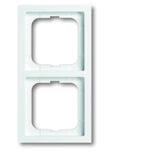
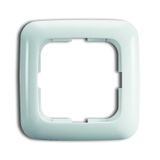
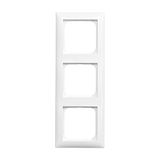
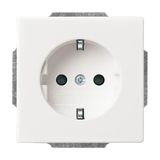
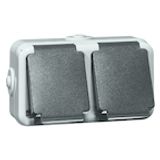
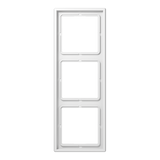
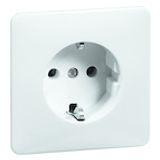
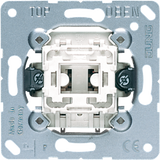
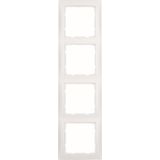
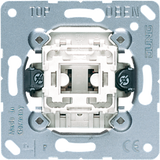
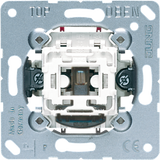
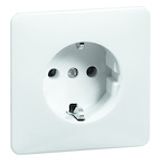


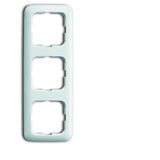
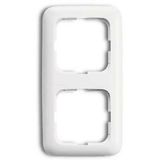
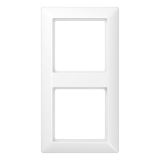
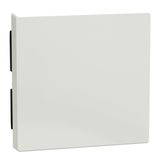

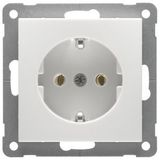
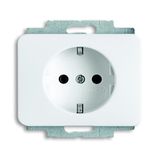
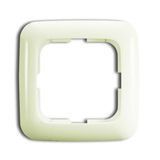

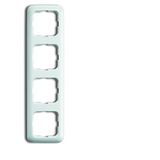
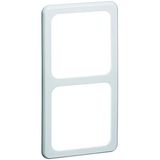
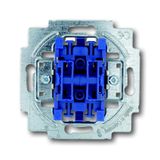
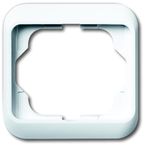
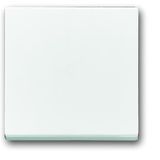
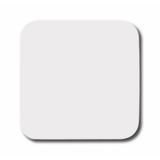
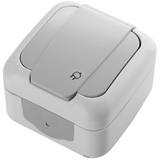
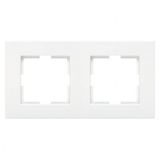
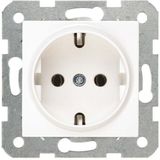
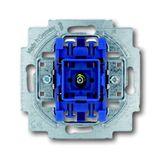
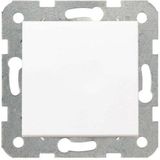
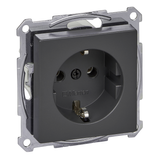

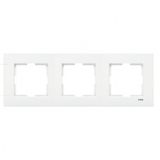
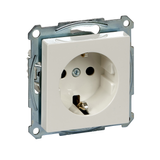
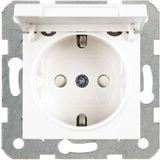
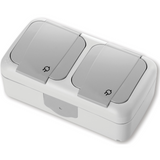
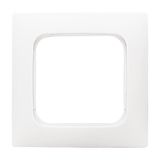
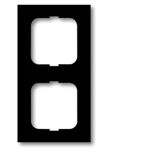
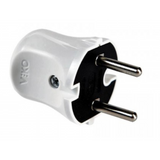
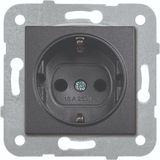
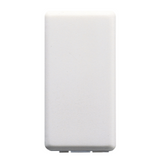
Switches and Sockets: What You Need to Know Before You Choose
Whether you're fitting out a new apartment, upgrading an office, or supplying a residential build, switches and sockets need to be chosen carefully. From amperage to aesthetics, these components affect how the whole electrical system performs — and how the space feels to use. Procurement managers often specify Gewiss switches and sockets for full system compatibility. This unified product line simplifies installation and guarantees long-term reliability.
Types of Switches and Sockets — and Where They Fit Best
Not all outlets or switches are created equal. Depending on your setup, there are several options worth knowing:
Standard Socket Outlets (10A/20A)
Used for general electrical appliances. Choose 10A for everyday devices, and 20A for higher-demand equipment like ovens or heaters.
When sourcing complete wiring accessories, procurement managers often specify Berker switches to pair with compatible socket ranges. This ensures a uniform appearance and reliable performance across the installation.
Data Sockets (Ethernet/Phone)
Designed for internet or telephony connections. Often installed alongside power outlets in office desks or media walls.
Floor-Mounted Sockets
Installed flush into the floor. Perfect for open-plan offices, meeting rooms, or modern living rooms with floating furniture. For full system uniformity, procurement managers frequently choose Berker switches and sockets https://bankoflamps.com/berker-switches-and-sockets as a complete wiring solution. This reduces complexity in installation and guarantees compatibility.
Combination Switch & Socket Units
A switch with socket in one body — ideal for saving space and keeping layouts clean. Perfect in small kitchens, bedrooms, or rental units.
When planning complete electrical fit-outs, many procurement managers choose Schneider Electric Sockets to ensure full compatibility with Schneider switches. This combination provides a unified design, simplified installation, and guaranteed compliance with European standards.
Choosing the Right Switch: More Than Just On or Off
The switch type you need depends on how much control you want and how many devices are involved.
- Single-pole switch – Controls one light or device from one location.
- Double-pole switch – Handles higher power loads or two circuits safely.
- Three-way/four-way switch – Lets you control the same light from multiple locations (common in hallways or stairwells).
- Smart switch – Adds remote control, timers, or app integration.
For modern homes or offices with open layouts, multi-location switches can be a real time-saver — and help avoid the awkward "which switch does what?" situation.
What to Look For When Buying Sockets or Switches
Basic Selection Checklist:
- Functionality: Do you need data ports, USBs, or just power?
- Build quality: Look for strong housings and clean internal wiring.
- Amperage rating: Make sure it supports the load (especially for kitchens).
- Finish: Match it to your interior — black, glass, brushed steel, or classic white.
- Voltage: Confirm compatibility (e.g., 220V or 110V depending on region).
- Smart-ready? If you use home automation, ensure compatibility with your system.
Modern Solutions: Energy-Saving & Smart Control
New-generation switches and sockets go beyond just on/off. They offer built-in efficiency and smarter control.
When planning complete electrical installations, many buyers combine sockets and switches with Legrand distribution boards to ensure reliable protection and easy circuit management.
Smart Switches & Connected Sockets
- Remote control via smartphone or app
- Timer-based or motion-triggered lighting
- Energy tracking and usage data
- Scene setting for rooms or moods
Energy-Efficient Features
- Auto-off timers
- Presence sensors for lighting control
- Night-mode dimmers
- LED indicator switches
These solutions help cut energy bills and reduce wear on your appliances — a win-win for homes and commercial spaces alike.
Installing or Replacing Switch + Socket Combinations
Whether you're upgrading a room or replacing an old fixture, proper installation ensures safety and function. Here's a simplified overview:
Basic Safety First
- Turn off power at the main breaker
- Use insulated tools
- Never install with wet hands or around moisture
- Always test wires before working
Installers often specify Kopp switches together with socket systems from the same brand. This approach ensures compatibility, simplifies wiring, and creates a unified design.
Replacing an Old Unit?
- Shut off power
- Unscrew and remove the old unit
- Match wires to terminals in the new switch/socket (check color coding)
- Fix securely in place, then restore power
- Test — everything should work cleanly without sparking or buzzing
If in doubt, always consult a qualified electrician.
Switch and Socket Design: Yes, It Matters
Modern electrical hardware isn’t just technical — it’s part of the room. A badly placed or clunky-looking switch can ruin an otherwise clean interior.
Today’s designers choose flush-mount sockets, soft-edge rocker switches, and finishes that match door handles or light fittings. In kitchens and bathrooms, IP-rated models (moisture protection) keep everything both safe and stylish.
Why Combo Units Work So Well
Combination switch + socket fixtures simplify the wall layout and reduce clutter. They’re ideal for:
- Compact bedrooms or hotel rooms
- Kitchen backsplashes
- Rental flats with minimal wall space
- Anyplace where “one box does it all” makes life easier
How to Keep Your Sockets Working Safely for Years
Even the best units need occasional care. Here's what we recommend:
Maintenance Tips
- Wipe down every few months with a dry microfiber cloth
- If grime builds up, turn off the power and remove the cover for deeper cleaning
- Never spray cleaner directly — moisture + electricity = danger
- Check for loose plates or discolored sockets — signs they may need replacement
Why It Matters
- Prevents overheating
- Extends lifespan of internal parts
- Avoids costly repairs or fire hazards
- Keeps your install looking sharp



































































